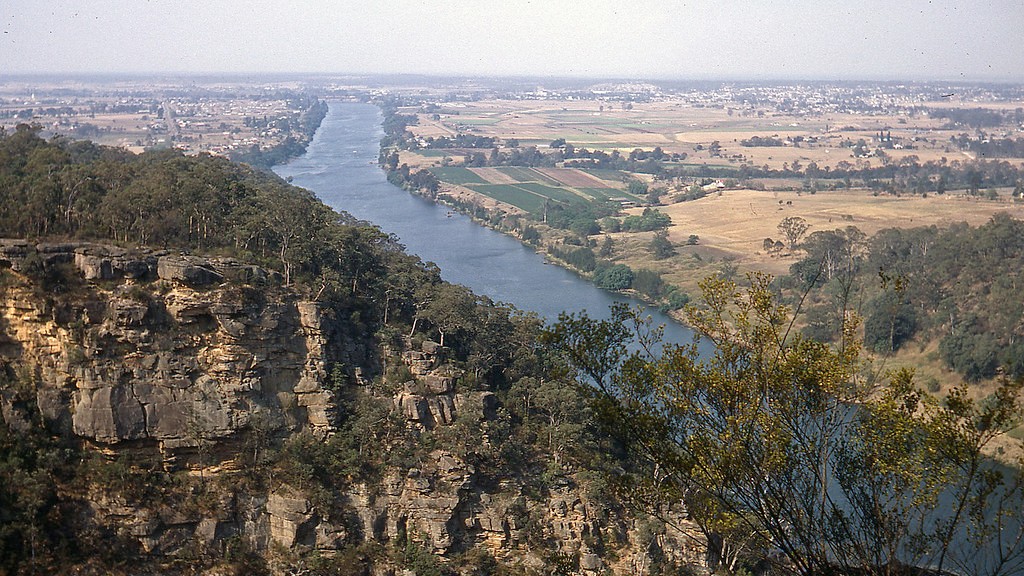Background
The Yellow River and the Yangtze River are two of the longest and most important rivers in China. The Yellow river is the second longest river in China and stretches approximately 5,464 km (3,395 miles). Flowing in northern China, the Yellow river has an estimated annual flow of around 2,572 cubic meters per second (90,540 cubic feet/second) and is known as one of the major rivers in the world. The Yangtze River, on the other hand, is the longest in China and third longest in the world. It has an estimated total length of 6,300 km (3,917 miles). It has an estimated annual flow of around 43,500 cubic meters per second (1.538 million cubic feet/second) and flows through the eastern portion of the country.
Related Empires
The Yellow river and the Yangtze river have been associated with various Chinese empires throughout the years. The Yellow river was at the center of the Xia, Shang and Zhou dynasties. In these ancient Chinese empires, the Yellow river was known to be a major economic and political center, with cities such as Anyang, the capital city of the Shang Dynasty, and the great ancient city of Xian, the capital of the Zhou Dynasty, located along it. The Yangtze river, on the other hand, was associated with imperial China, as it was the site of the capital city of various Chinese dynasties and played an important role in the economic growth of the country. The rivers were also used to transport goods, troops and supplies throughout different regions of China.
Modern Usage
Today, the Yellow River and the Yangtze river are still important to modern China. The Yellow River is particularly important for irrigation, providing water for over 6 million acres of farmland. It also provides a navigable route for trading, as well as hydroelectric power generation. The Yangtze river, meanwhile, is an important source of transportation and supplies, as well as a populular tourist destination. The river is home to the Three Gorges Dam, the world’s largest power station, and is used to generate electricity for over 240,000 residents.
Environmental Issues
Despite their importance, both the Yellow River and Yangtze river are facing major environmental issues. The Yellow river is heavily polluted, and due to its high sediment rate, its flow has been reduced by an estimated 45-50%. The Yangtze river, on the other hand, suffers from serious issues such as water scarcity, pollution from a wide range of industries and human activities, and the threat of climate change.
Protection Efforts
Due to the importance of both rivers, the Chinese government has been attempting to protect them, primarily through the implementation of strict regulations and laws. For example, the Chinese Environmental Protection Law, enacted in 1989, states that industrial companies must comply with emission standards and anything that could potentially cause environmental pollution, such as sewage and chemical substances, must not be discharged into rivers without prior regulation. The government has also implemented various water resource conservation measures, such as reducing water consumption and managing the rivers in order to reduce flooding and other disasters.
International Conservation Initiatives
International organizations such as the United Nations Environment Programme (UNEP) and the World Wide Fund for Nature (WWF) are also involved in the conservation efforts of the Yellow River and Yangtze River. The former has provided financial and technical assistance for projects to restore the rivers and the latter supports research, awareness campaigns, and conservation initiatives.
Summary
The Yellow River and the Yangtze River are two of the most significant rivers in China. They have immense historical, political, cultural and economic importance, and are still essential to the modern Chinese economy. Both rivers suffer from significant environmental issues, such as water pollution and scarcity, which threaten their sustainability. As such, the Chinese government, in addition to the support of international organizations, have put in place extensive regulations and conservation measures to protect the rivers.

